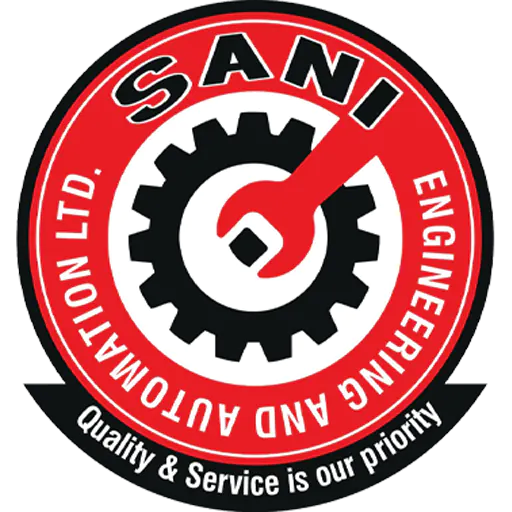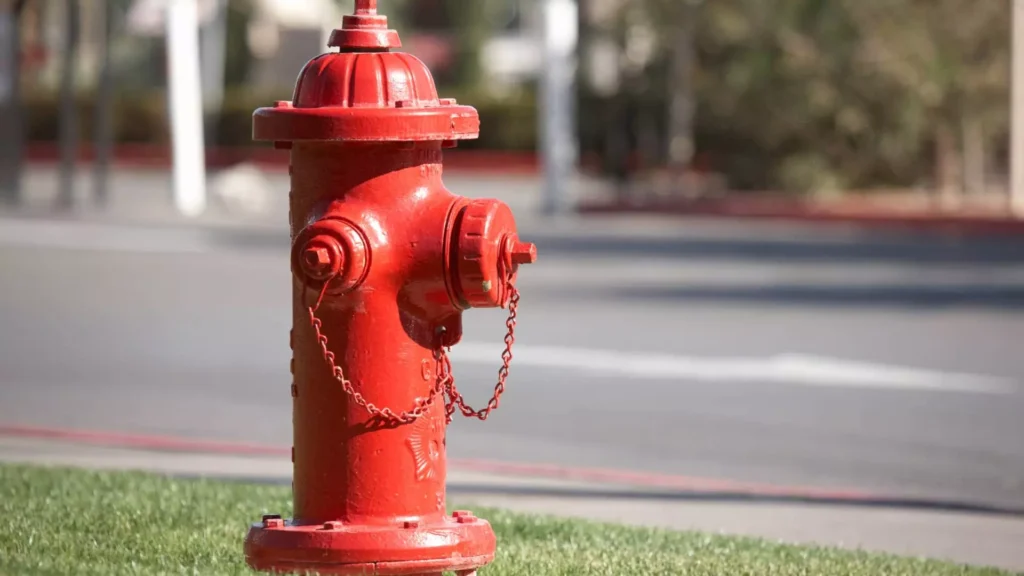Fire emergencies can happen without warning. In such moments, every second counts. A working fire hydrant system can mean the difference between a small incident and a devastating disaster. At Sani Engineering & Automation Ltd, we believe that keeping fire hydrant systems in good condition is not just about compliance — it’s about protecting lives, property, and communities.
In this blog, we’ll share why regular maintenance of fire hydrant systems is critical, what it involves, and how it ultimately saves lives.
Why Fire Hydrant Systems Matter
Fire hydrant systems are one of the first lines of defense during a fire. They provide firefighters and building occupants with immediate access to water. When these systems fail, the results can be catastrophic.
We often think of fire extinguishers or alarms, but hydrants are equally vital. Without reliable hydrants, controlling large fires becomes nearly impossible. That’s why maintenance is not optional — it’s essential.
The Risks of Neglecting Fire Hydrant Maintenance
Skipping or delaying maintenance may seem harmless at first, but the risks are serious:
- Blockages: Dirt, debris, or rust can block water flow.
- Low pressure: Without proper testing, you may not realize water pressure is insufficient.
- Leaks: Small leaks weaken the system and reduce efficiency.
- Failure during emergencies: The worst-case scenario is a hydrant that doesn’t work when needed.
In real emergencies, these issues cost time — and time costs lives.
What Regular Maintenance Involves
Regular maintenance is not just about checking if water comes out. It’s a full process that ensures reliability. Here’s what we do during hydrant maintenance:
- Inspection: We check valves, pipes, outlets, and hoses for damage.
- Testing: We measure water flow and pressure to ensure effectiveness.
- Cleaning: We remove any rust, dirt, or obstructions.
- Lubrication: Moving parts need lubrication to function smoothly.
- Repairs: Any damaged or faulty parts are fixed or replaced.
These steps ensure that when an emergency strikes, the hydrant system responds instantly.
How Maintenance Saves Lives
The value of maintenance becomes clear in a crisis:
- Faster response: Working hydrants give firefighters immediate access to water.
- Reliable performance: High-pressure water flow helps contain fires quickly.
- Protection for occupants: Every second saved reduces risk to people inside.
- Reduced property damage: Quick control means fewer losses and safer recovery.
In short, regular maintenance is not just about machines — it’s about human safety.
Our Commitment to Safety
At Sani Engineering & Automation Ltd, we don’t treat hydrant maintenance as a routine task. For us, it’s a responsibility. We know that families, employees, and entire communities depend on these systems. That’s why our team works with precision, care, and dedication.
We make sure every hydrant system we service is ready to perform when it matters most.
How Often Should Maintenance Be Done?
Fire hydrant systems should be inspected and tested at least once a year. In high-risk environments such as factories, warehouses, or high-rise buildings, more frequent checks are recommended.
Regular checks also ensure compliance with safety regulations in Uganda, protecting both lives and businesses from penalties.
Signs Your Fire Hydrant System Needs Attention
Sometimes, issues appear between scheduled maintenance. Look out for these warning signs:
- Rust or visible damage on outlets.
- Reduced water pressure.
- Strange noises when the hydrant is operated.
- Leaks around valves or joints.
If you notice any of these, don’t wait until the next scheduled service. Contact us immediately.
Why Choose Us for Maintenance
There are many service providers, but our difference lies in how we approach safety.
- Expert team: Skilled engineers with hands-on experience.
- Accurate testing: We use the right tools to guarantee reliability.
- Customer support: We guide you on best practices and safety tips.
- Trust and reliability: Our clients know we treat their safety as our own.
With us, you’re not just maintaining a system — you’re protecting people.
Taking Action Today
Fire doesn’t wait. That’s why proactive maintenance is key. If your fire hydrant system hasn’t been checked recently, now is the time.
Contact Sani Engineering & Automation Ltd today. Let’s ensure your fire hydrant system is always ready to save lives when it matters most.
FAQs
1. How often should fire hydrant systems be maintained?
At least once a year, but high-risk areas may need more frequent checks.
2. What happens during maintenance?
We inspect, test, clean, lubricate, and repair any parts to ensure full functionality.
3. Can I check a fire hydrant system myself?
Basic visual checks are possible, but professional maintenance is necessary for reliable performance.
4. What are common problems in hydrant systems?
Blockages, leaks, rust, and low water pressure are the most common issues.
5. Why should I choose professional maintenance services?
Professionals have the tools, skills, and knowledge to ensure the system works during real emergencies.



